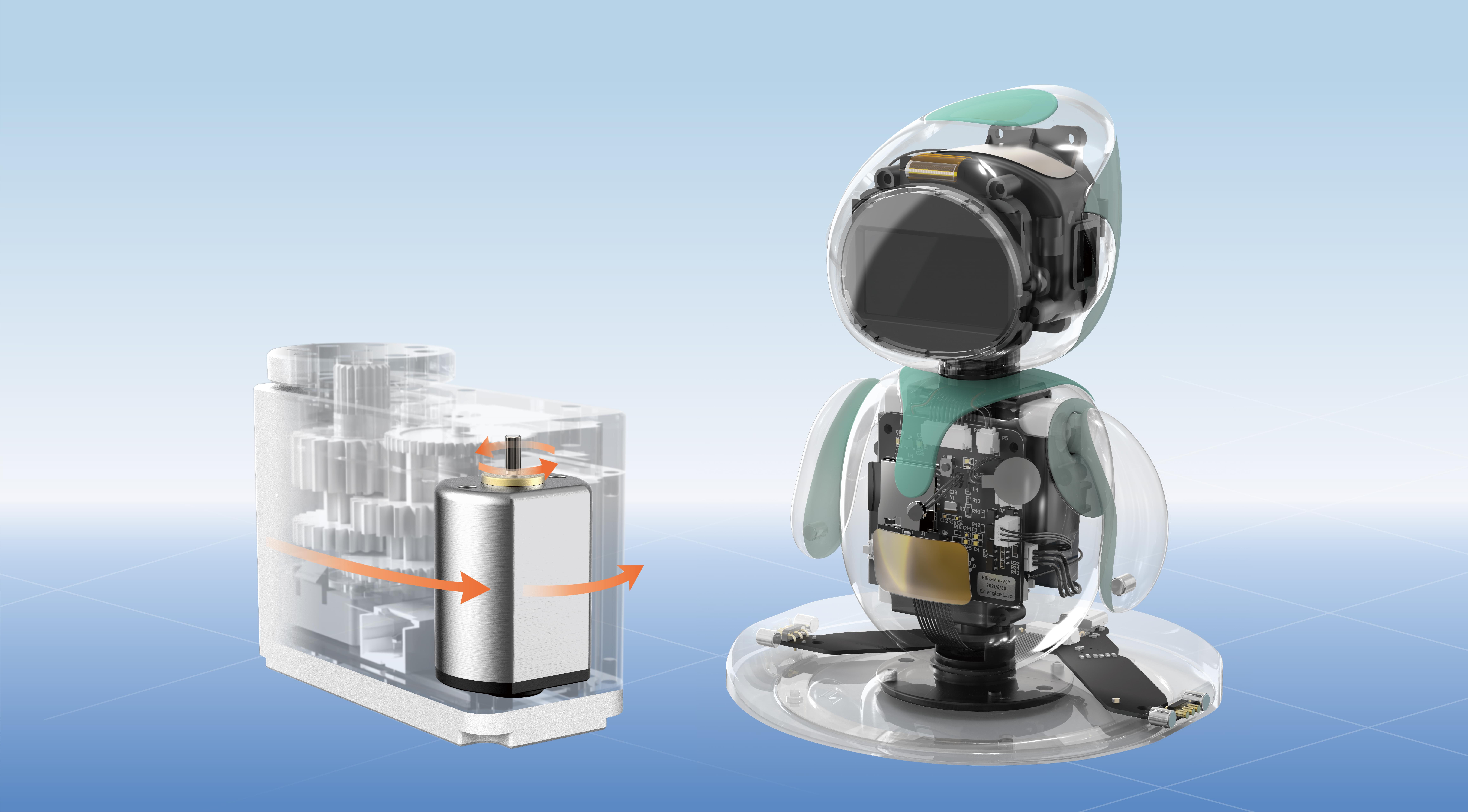Imagine this: you’re diving into building a microservice architecture, and suddenly Spring Boot shows up like your reliable sidekick. It’s not just a framework; it’s like the Swiss Army knife of Java development. And when you pair it with microservices? Man, that’s a game-changer.

Think about the flexibility it offers. Instead of one bulky monolithic app, you get tiny, manageable pieces. Each piece can be developed, deployed, and scaled separately. Picture this—an e-commerce platform handling orders, inventory, and payments as three distinct microservices. Each one can evolve on its own, without forcing the whole system to pause.
Using Spring Boot, setting up these microservices is surprisingly straightforward. Auto-configuration makes it quick to get started, saving hours you'd otherwise spend on boilerplate code. Plus, its embedded server support means no fussing over changing separate containers; just run your jar, and you're good to go.
What fascinates many are the patterns it unlocks. Service discovery? Check. Load balancing? Check. Secure communication between services? Easy. It’s like having a toolkit that adapts to your needs—whether you’re deploying in the cloud or on-premises. With Spring Cloud, the complexity of distributed systems melts away, leaving you with a clean architecture that just works.
Some folks wonder, “Is it complicated to manage so many microservices?” Honestly, not really. Tools like Netflix Eureka help keep tabs on who’s online. Circuit breakers like Hystrix prevent minor hiccups from snowballing. That makes the system resilient, always ready to handle failure without crashing down.
Here’s a real-world snippet: imagine a startup that’s growing fast. They want rapid deployment, continuous integration, and the ability to add new features on the fly. Spring Boot with microservice acceleration turned their dreams into reality. Deployment times shrank, scalability shot up, and they got real-time insights into performance.
Maybe you’re wondering, “How does testing fit into such a complex landscape?” It’s actually easier than it looks. With Spring Boot’s testing support, you can mock services, simulate network failures, and ensure everything runs smoothly before hitting production. That peace of mind is priceless.
So, what’s the real takeaway? Combining Spring Boot with a microservice approach isn’t just a trend—it’s a practical, efficient way to handle modern applications. It’s adaptable, scalable, and supports growth from zero to hero. If you’re aiming for a future-proof system, this combo might be the best decision you make today. It’s not just about code; it’s about creating a reliable backbone for your digital endeavors.
Established in 2005, Kpower has been dedicated to a professional compact motion unit manufacturer, headquartered in Dongguan, Guangdong Province, China. Leveraging innovations in modular drive technology, Kpower integrates high-performance motors, precision reducers, and multi-protocol control systems to provide efficient and customized smart drive system solutions. Kpower has delivered professional drive system solutions to over 500 enterprise clients globally with products covering various fields such as Smart Home Systems, Automatic Electronics, Robotics, Precision Agriculture, Drones, and Industrial Automation.




































